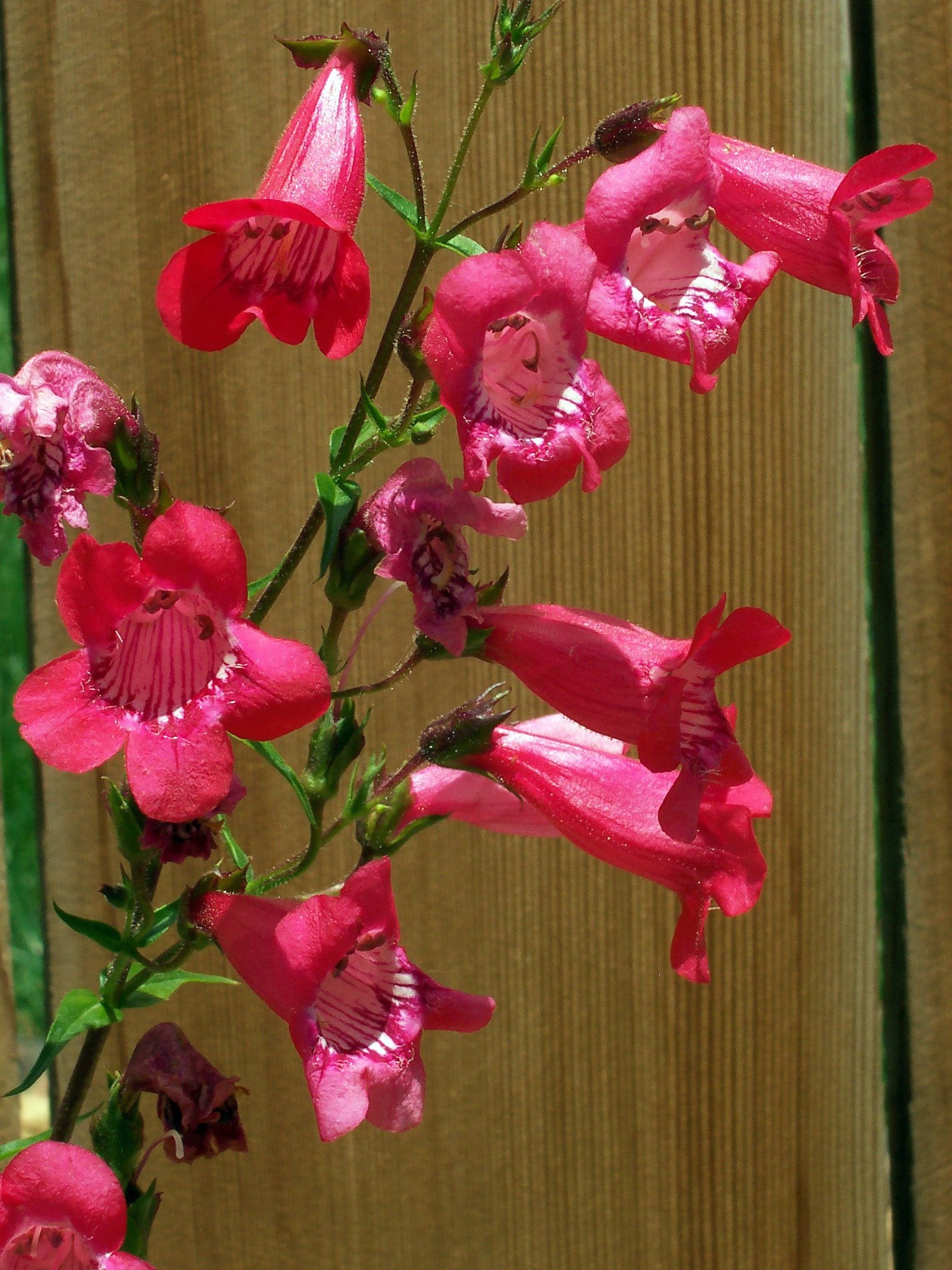Penstemon Care And Maintenance - How To Grow Beard Tongue Plants


Penstemon spp. is one of our more spectacular native plants. Found in mountainous areas and their foothills, the herbaceous species is a temperate zone darling and thrives in most areas of the western United States. Also called Penstemon beard tongue, the plant produces dozens of tubular flowers arranged on a tall stalk. Learn how to grow beard tongue plants and you will have the birds, bees and butterflies doing summersaults to get at the plentiful blooms and their sweet nectar.
Penstemon Beard Tongue Information
If you have gone hiking in areas of Mexico to western North America from May to August, you will have seen these attractive flowers. Penstemon plants are related to snapdragons and come in a variety of cultivated hues for the home gardener. The flowers are perfectly shaped to accommodate hummingbirds, who spend their nesting period at the Penstemon snack bar. Each flower has five petals and they come in hues of lavender, salmon, pink, red, and white. The stems are triangular, and the leaves are arranged opposite with grayish green tones. Several different species exist, and more are in cultivation. The exact shape of the leaves varies in each cultivar of Penstemon plants. They may be oval or sword shaped, and smooth or waxy. Penstemon beard tongue is a commonly found perennial, which may also grow as an annual in chilly or excessively hot regions.
How to Grow Beard Tongue Penstemon
The best location for your Penstemon is in a full sun area with well draining soil. Penstemon care and maintenance is minimal if the site and moisture requirements are met. Poorly draining soils and freezing temperatures while the plant is still active are the biggest causes of plant mortality. The perennial is remarkably tolerant of drought conditions and is a stalwart presence in even low nutrient soils. It has had to be adaptable to thrive in windy, exposed areas of mountain foothills. You can grow Penstemon from seed. They begin as rosettes low to the ground before forming the characteristic flower stalk. Indoor sowing should begin in late winter. Seedlings are ready to transplant when they have a second set of true leaves. Space Penstemon plants 1 to 3 feet (31-91 cm.) apart and mix in a little compost at planting time to help conserve water and increase porosity.
Penstemon Care and Maintenance
Water the young plants at least once per week as they establish. You can reduce watering as the plant matures. Mulch around the plants to help protect the roots from winter's cold and prevent spring weeds. The flower spire will produce seed in late summer to early fall, and the petals fall away from the seeds. In my opinion, the remaining seed head has interest and appeal and I leave them until the rain smashes them down, or cut them in late winter to make way for new growth. Penstemon beard tongue makes an excellent cut flower, which will last for at least a week. Go native and plant some Penstemon plants in your sunny perennial garden.
Gardening tips, videos, info and more delivered right to your inbox!
Sign up for the Gardening Know How newsletter today and receive a free copy of our e-book "How to Grow Delicious Tomatoes".

Bonnie Grant is a professional landscaper with a Certification in Urban Gardening. She has been gardening and writing for 15 years. A former professional chef, she has a passion for edible landscaping.
-
 Terrifically Tubular Flowers For Hummingbirds: 9 Tube-Flowered Plants To Attract Hummers
Terrifically Tubular Flowers For Hummingbirds: 9 Tube-Flowered Plants To Attract HummersGrowing tubular flowers for hummingbirds helps you create the optimum feeding conditions for your winged friends. Here are nine tubed delights for hummers
By Tonya Barnett
-
 How To Grow Hydroponic Tomatoes For Fresh Indoor Harvests – No Soil Required
How To Grow Hydroponic Tomatoes For Fresh Indoor Harvests – No Soil RequiredLearning how to grow tomatoes in water is easy and allows you to harvest fresh-home-grown produce in every season without any mess.
By Ellen Wells